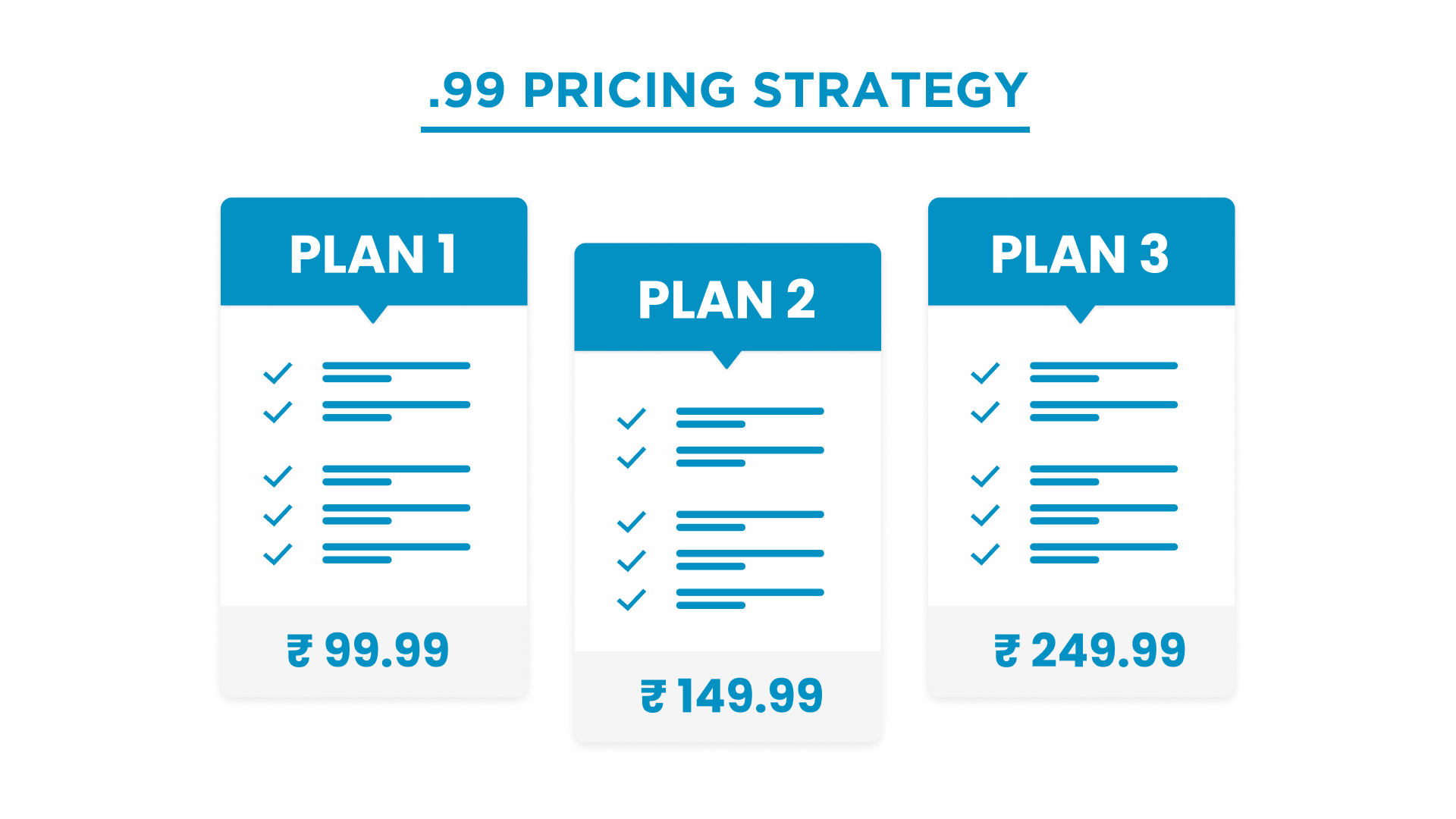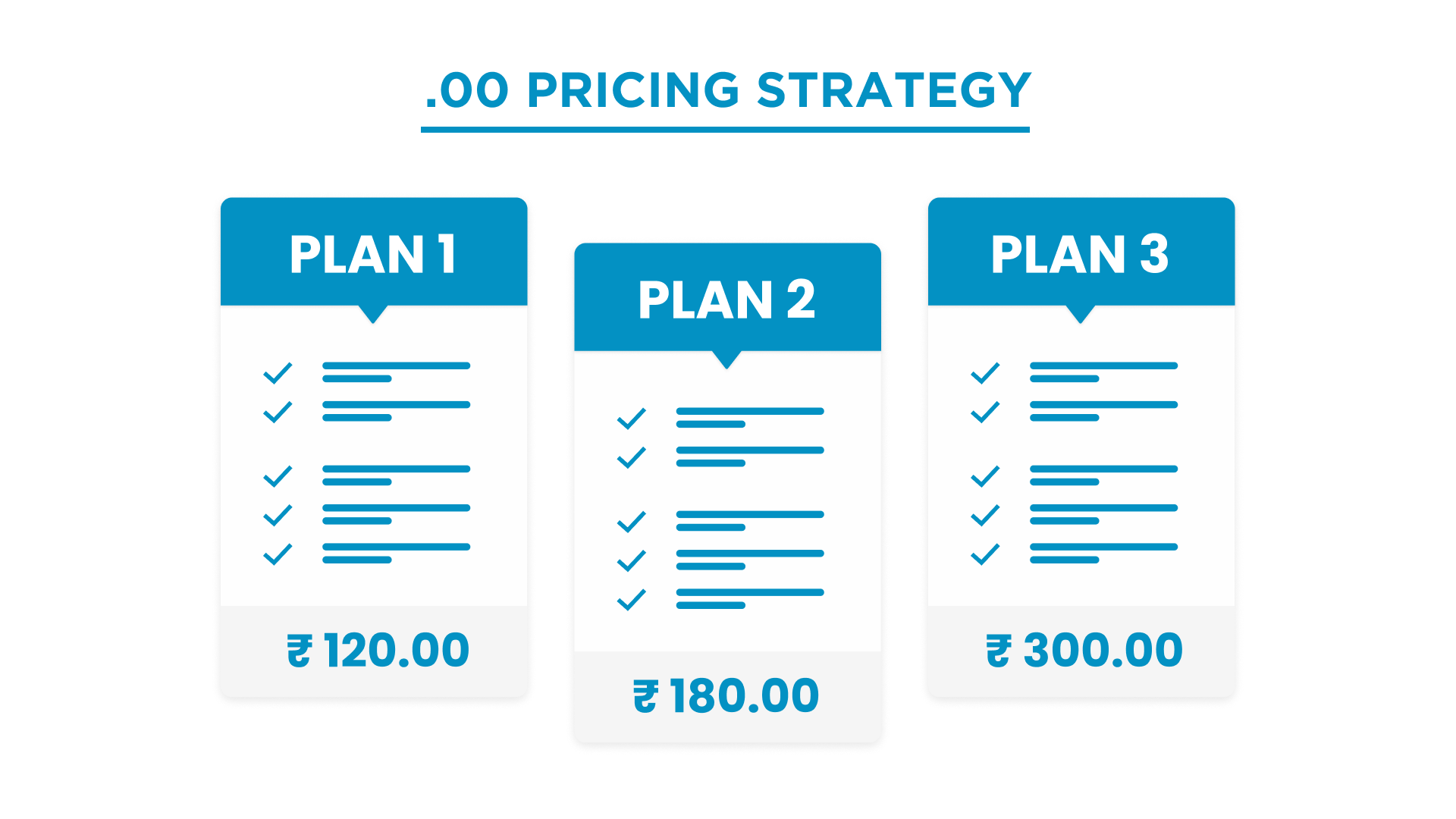Height8
03 November 2021
The Psychology Of Subscriptions
Over the last 9 years, the subscription economy has grown nearly 6 times (more than 435%). Subscription has now become the business model of the 21st century. Predictable revenue, reducing churn, forecasting inventory, valuable customer data, and increased average order value, etc. are the multiple reasons why businesses are implementing this model. Businesses have been shifting to psychology to enhance sales and become more than just selling the product in the eyes of their customers.
In the book How Customers Think: Essential Insights into the Mind of the Market, Harvard Business School professor Gerald Zaltman states that About 95% of all thought, emotion, and learning occur in the unconscious mind. It becomes the reason then that recurring subscription-based payments and purchases would easily fit with this understanding of the human mind, taking the transaction and the act of paying into a more abstracted realm and disrupting the usual thought process behind making payments. To grow the business and to increase profitability it becomes even more important to understand the psychology of subscriptions.
But the rise of e-commerce, recurring payments, and the digitalization of goods and services have changed consumer behavior considerably, in particular their approaches to purchasing. When buying subscriptions versus ordinary one-off transactions, consumers think differently, and turning your approach towards this amended customer attitude is necessary to make the most of new market opportunities.
Lets proceed!
Pricing
Attracting your prospective customers into entering a recurring payment pattern involves more than just settling on an appealing price. The pricing method called charm pricing or price ending with .99 is the origins behind this sales tactic. But the purpose behind this is retail loss prevention rather than devious psychological trickery. It is invented to restrict unethical employees from simply pocketing the money, charm pricing forcing them to open the till and give a change to the customer. Also, it is one of the oldest psychological pricing tricks in the book.

On the other hand, research also suggests that customers may trust paying for amounts cost in round numbers. Many of the customers consider the .00 price tag to be a mark of quality. Regardless of this, there are still some subscription businesses running their businesses with charm pricing models, notably the big names of streaming such as Spotify and Netflix.

The Customer
There are two areas of brains that compete for control when it comes to subscriptions: Long-term and Short-term. When a customer tries to balance between short-term and long-term rewards various factors like the rational, forward-thinking side, and the irrational, emotionally-driven side are to be considered.
According to the study by psychologists at Harvard and Princeton, the participants who are offered either a small pay-out immediately or a larger pay-out tomorrow are more likely to choose the smaller amount. But, if a choice is given between the small amount in one year or the larger amount in a year and a day, people would tend to choose the higher amount.
Purchasing Experience
When it comes to decision-making, consumers are their own worst enemy. When there are a large number of options available to the consumers they are less likely to make a choice, leading to decision paralysis. However, they are more likely to act when there are fewer choices available to them.
To exemplify this, researchers from Columbia and Stanford University set up a jam stall with 24 different kinds of jam options at a food market to which shoppers showed interest, but only a few of them made the purchase. On the next day, at the same shop at the food market, they offered only six options of jam and found that shoppers were more likely to purchase the smaller selection.
Subscribers who chose to pay a flat monthly subscription ended up paying more on average per use than if they paid for individual visits. When payments are made at or near the time used to draw attention to the cost increase the likelihood of consumption. Conversely, when payments are made prior to or after the cost decreases the likelihood that the customer will use the product or service - according to the study by Stefano DellaVigna & Ulrike Malmendier of US health clubs.
Conclusion
The psychology of subscriptions offers a set of best practices regarding how to influence your customers to achieve the best possible outcomes for your business. After all, your business is dealing with real people, not subjects in a lab. It looks like subscriptions are here to stay forever as theres plenty of truth to the science of psychology.
We at Height8 are always market-ready and will help you deliver the best solution as required by the market scenario.
Contact us for a demo of our H8 Cloud-based ISP Solution by mailing us on h8ssrms@height8tech.com or calling us on +91-79 40089216.
Follow us on Facebook, LinkedIn, Twitter, and YouTube to get updates on the latest technological advancements in the telecom sector.
